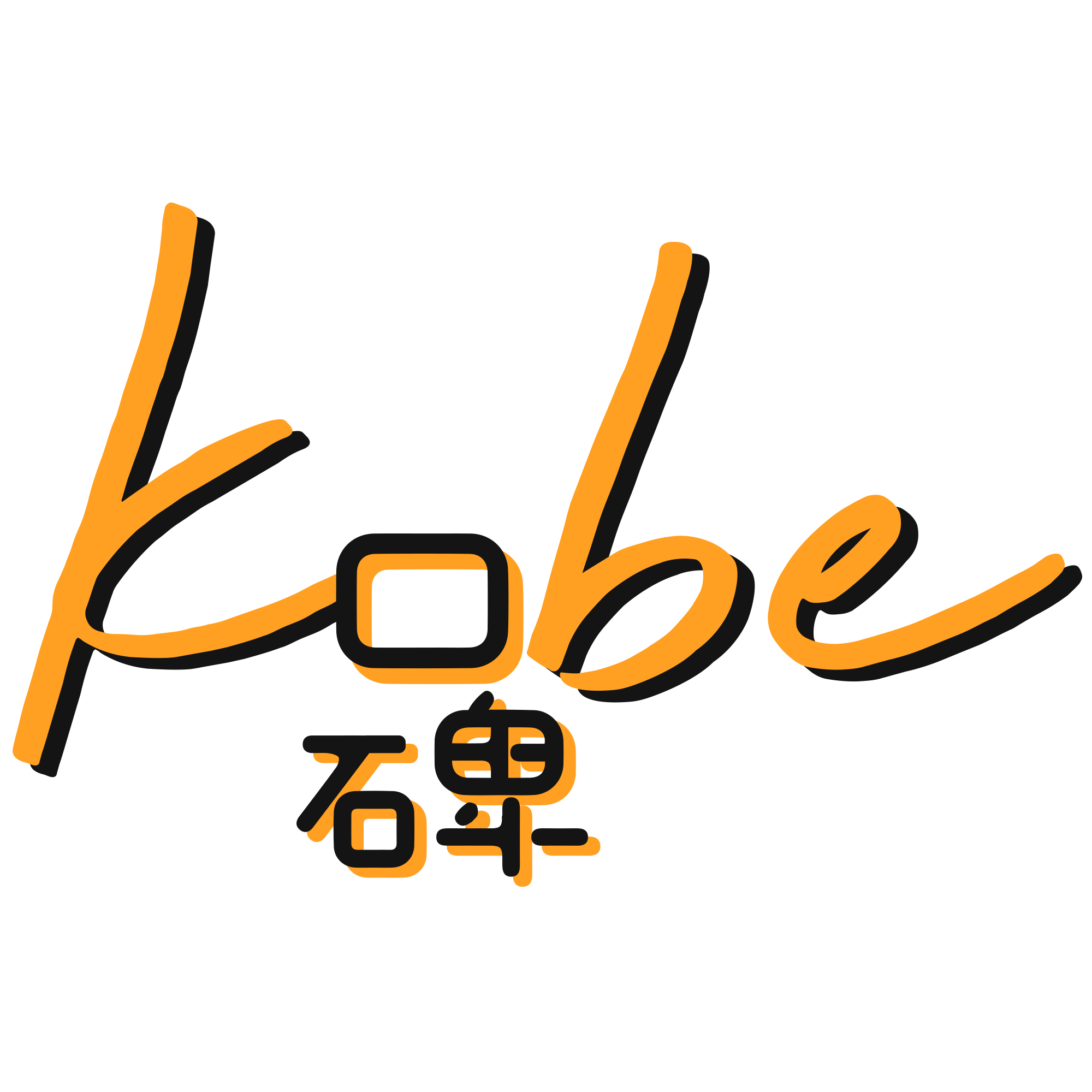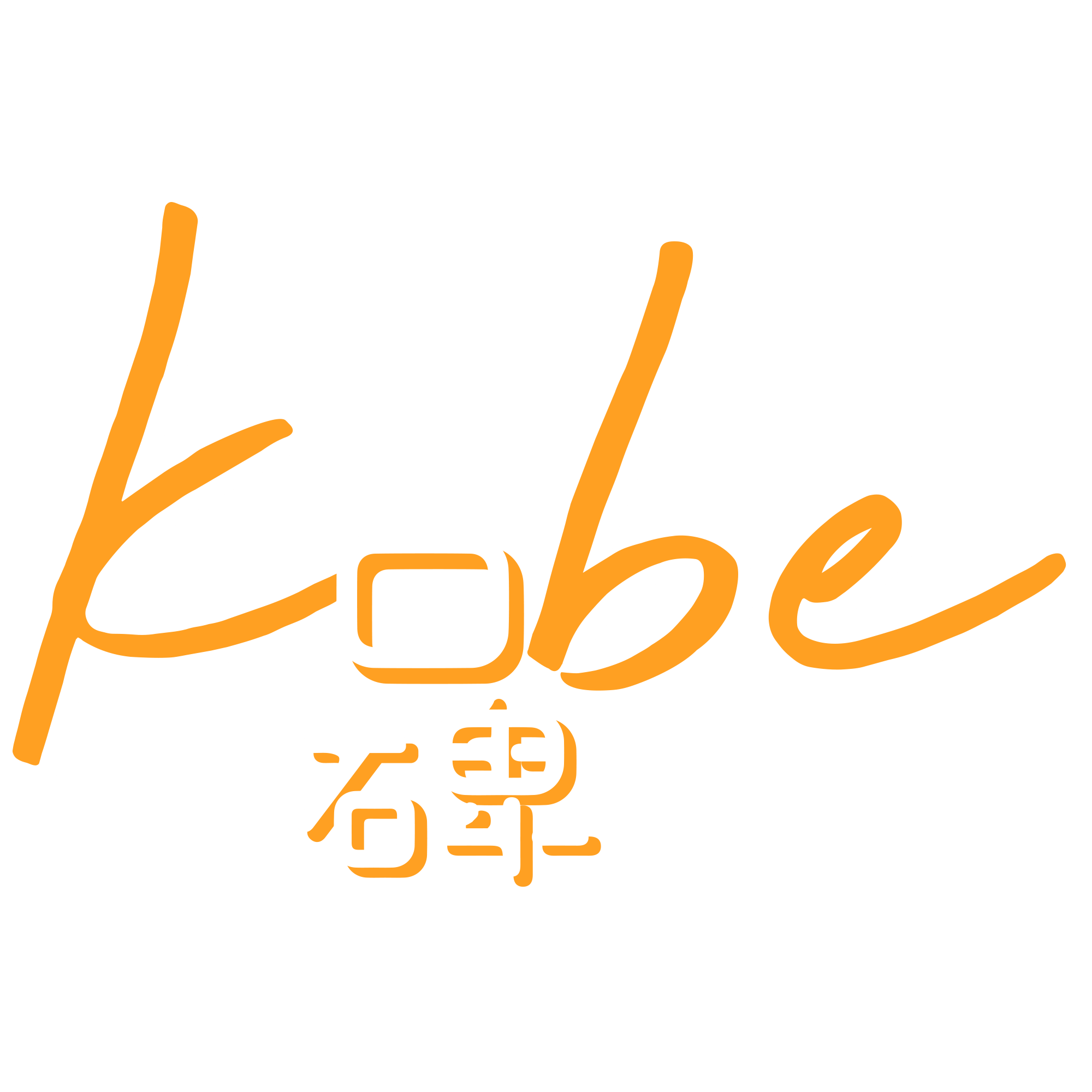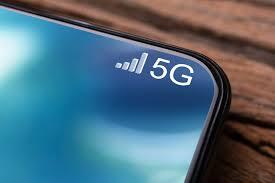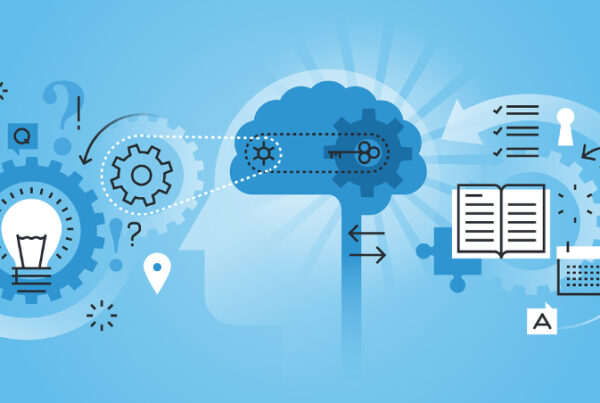Each generation of cellular technology has made great strides and brought equally great advances. Now, What is 5G? It is the fifth-generation cellular network technology. The first generation of cell phones rolled out clunky and big ones that did afford us a level of connectivity we didn’t have before. The last wave advanced through 4G and with that there was a rise of social media, mobile apps and streaming audio/video. Each generation has also boosted speed, so much so, that the latest version became incompatible with the previous generations.
1G was analog for voice calls only. While 2G was digital with text message support. 3G increased speeds to between 200 kilobits per second and a few megabits per second with increased capacity and multimedia support. And 4G increased speeds to hundreds of megabits per second and even gigabits. It also enhanced bandwidth and reduced the cost of resources.
However, 5G technology will surely be a class apart. The growth in terms of connection speed between 4G and 5G is at a staggering scale. And this will have a huge impact on the capabilities of the wireless network. With the 5G network, possibilities are endless; augmented reality to live streaming; heightened rural access to enhanced smart cities.

That said, and among others, there will be a major impact of 5G in marketing industry. And, marketers must be ready for it, if they are to take full advantage of the technology when it comes. In what follows, we discuss some of the aspects of :
1) why this is necessary
2) focusing on some of the key benefits of implementing 5G in marketing.
Augmented reality is the daily reality

The internet of things (IoT) can live up to its long-promised potential finally. Since super-fast wireless connectivity translates to high-end screens being located anywhere. A 5G technology-enhanced media environment will offer more ad inventory opportunities. It can potentially revolutionize the kind of messaging advertisers and marketers do. We can safely envision an augmented reality enhanced era, in store windows, walls, dashboards, etc. If 5G transceivers get cheap enough, it won’t be entirely uncommon to see moving imagery overlays on grocery store products. It is highly plausible that soon we will be able to virtually stroll around a store. We should be able to try an item of clothing from the comfort of our own house.
In order to directly connect their customers with their own layers of reality, advertisers might want to use AR glasses to provide a kind of marketing channel. The proliferation of advanced AR will influence consumer/seller experience alike in terms of a more tangible realistic way that is brand new. AI could also occupy center stage in advertising and mobile marketing with hyper-connectivity fostering the rapid dialogue it needs to succeed. An immersive experience is the future of online engagement.
The need for personalization in advertising

Personalization will become significantly crucial. It is wise for marketers to plan preemptively for how they plan on showcasing their product in a new, hands-on way. Faster connections mean a greater number of internet users, with connections being made possible from more dynamic and remote locations. The hyper localization that 5G technology will bring will undoubtedly add an additional layer to persona segmentation making targeting and personalizing increasingly important. Advertisers must aim at creating compelling high-resolution ads for engaging more customers.
With such speed also comes the ability to move bulks of data faster. If marketers get access to high-quality user data, they can understand the needs of their customers better. With granular and advanced location-based advertising, it will be a good idea to create ads in the right place and time for customers. 5G speed will be unprecedented and it will allow us to consume large video files on any device. Video is already a rapidly growing segment of digital marketing, but the advent of 5G technology will take video marketing to the next level.
Lower Latency
By bringing in low latency capabilities and fibre-like speeds to almost any location, 5G technology is expected to advance wireless networking significantly. This will enable us to communicate with the market in real-time. You can now be on a live video chat with your potential customer with no lag time. Lower latency will also bring in the decreased use of ad blockers. People often use them because ads take too long to load and their experience is slow. But since the lag time will no longer be an issue marketers will serve better ads to more people and faster with 5G.
Lower latency rates bring in other possibilities like factory robots, self- driving cars, and multiplayer mobile gaming. With such lower latency and more reliable connectivity, a car can now communicate better with IoT devices and other vehicles/occupants. The automotive sector is the driving force behind 5G adoption and it should be the first step for marketers to seize this opportunity. Passengers and drivers alike can be reached easily based on location and in real-time whether through mobile devices, voice-enabled technology or even holographic displays.
Health care

Health care marketers should make necessary amends to be prepared for the near future when real-time communication will be the status quo. They should ensure communication is more fluid and transparent by building targeted funnels for data and examining where silos might exist within the organization. With 5G internet facility, healthcare is likely to not only be more personalized but also be made available anywhere. A provider can get direct input into a patient’s condition even when they are not in the doctor’s office. Connected devices like wearables can make it possible and easier to deliver the necessary data to make remote health assessments. Thanks to the rise of sensors in backward or rural areas patients can be assessed immediately, streamlining travel to health care facilities, enabling doctors to make decisions in real-time.
Most places around the world have seen smaller iterations of 5G network pop up already. However, it probably won’t take off fully until 2020. 5G technology will affect marketers in a lot of ways. But it will also revolutionize the way customers interact with services, games and mobile apps. The present mobile experience will be optimized greatly. It will considerably reduce loading times on eCommerce sites, and enable you to smartly manage your homes. The viability of so many sectors increases rapidly with 5G. It will also offer network management and by extension “network slicing” which implies that you can potentially sell network connections on an “as needed” basis.
Before 4G, no one could have anticipated business models like Spotify, Facebook and Uber could grow rampantly through mobile broadband. It will be exciting to see what new inventions are created out of 5G. And of course how marketers take up these challenges and innovatively transform them into opportunities.






